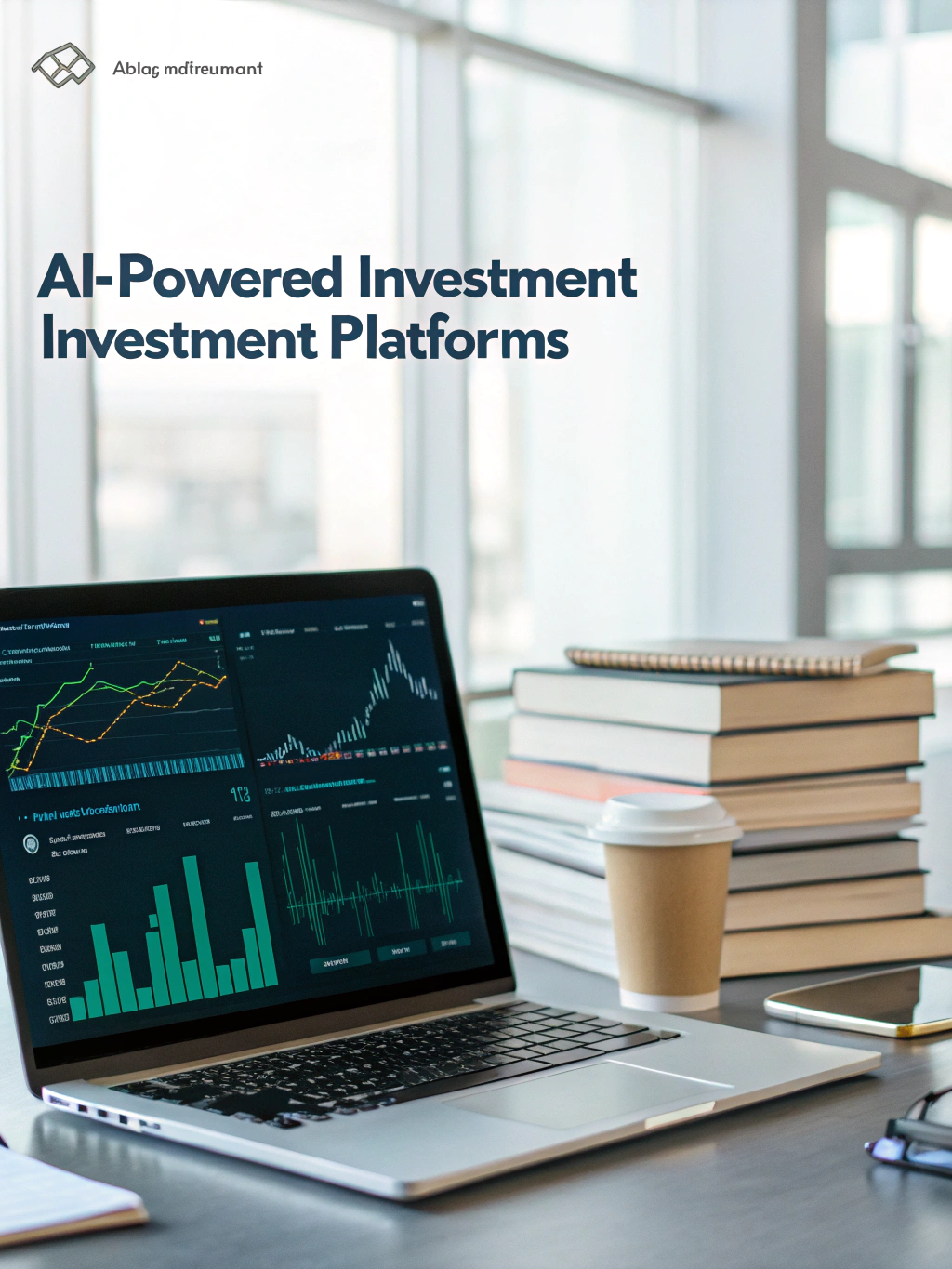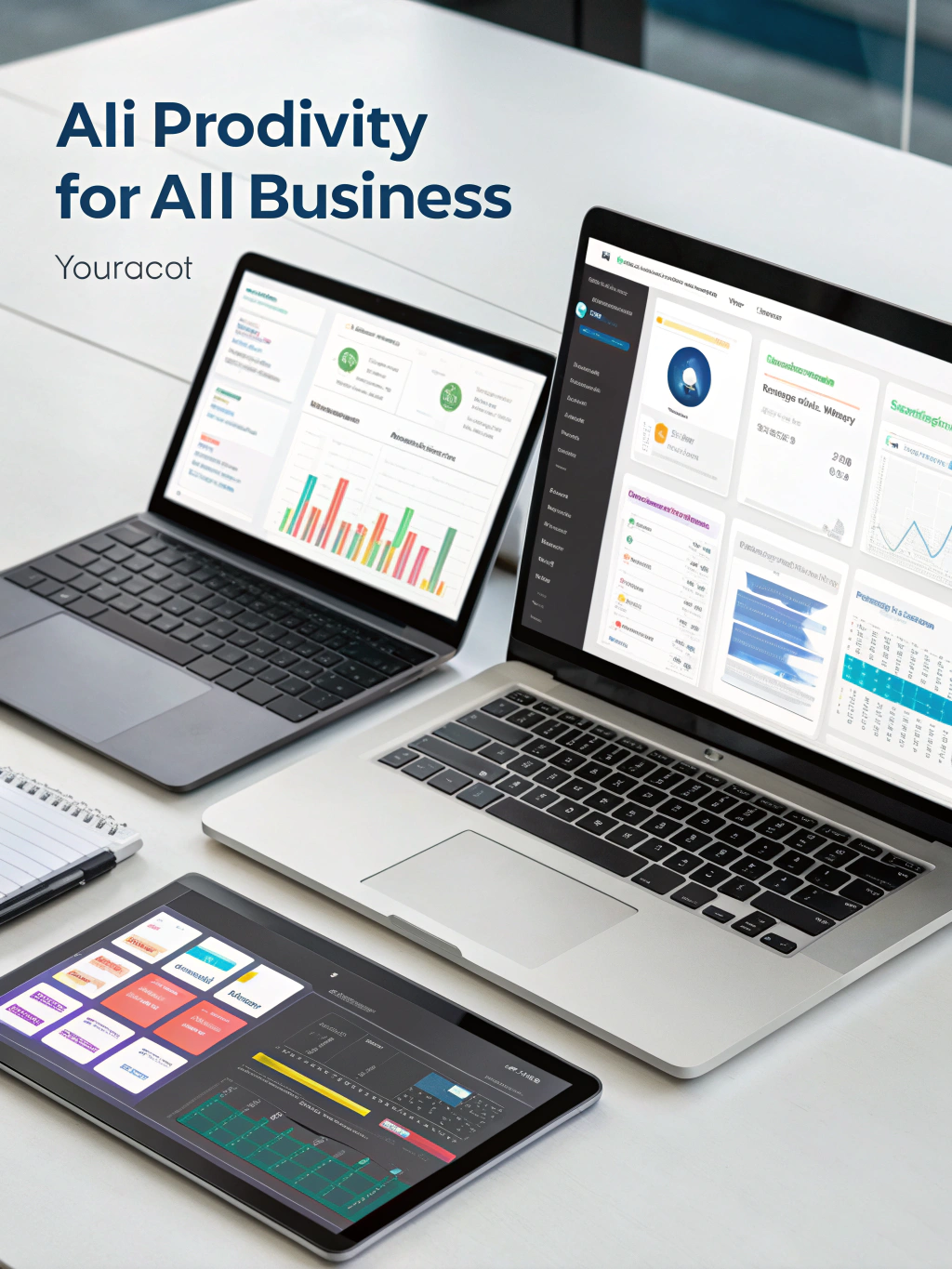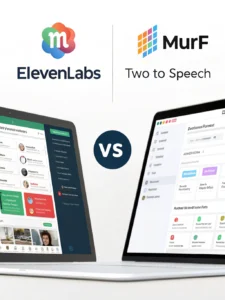The Rise of AI: Transforming Investment Strategies and Empowering Retail Investors

Are You Ready for the Next Wave of Wealth Management? The Rise of AI-Powered Investment Platforms
The financial landscape is undergoing a seismic shift. Forget relying solely on gut feeling or traditional financial advisors. A growing number of investors are turning to sophisticated technology to make smarter, data-driven decisions. But with this exciting evolution comes a critical question: how do you navigate the complexities of AI-Powered Investment Platforms and ensure your investments are working for you? This post dives deep into this transformative space, exploring the latest trends, market insights, and practical strategies for leveraging artificial intelligence in your investment journey.
Key Concepts & Trends

The core of AI-Powered Investment Platforms lies in the application of machine learning (ML) and artificial intelligence (AI) to various aspects of investing. This isn’t just about automating trades; it’s about building intelligent systems that can analyze vast amounts of data – from market trends and news sentiment to individual company financials – to identify opportunities and manage risk. Several key concepts and trends are driving this revolution:
- Algorithmic Trading: This is perhaps the most visible application. Algorithmic Trading utilizes pre-programmed instructions to execute trades based on specific parameters, often at speeds and frequencies impossible for humans. This allows for swift responses to market changes and the potential to capitalize on fleeting opportunities.
- Robo-Advisors: These platforms use algorithms to build and manage investment portfolios based on an investor’s risk tolerance, financial goals, and time horizon. They typically offer lower fees compared to traditional advisors, making sophisticated investment management accessible to a wider audience.
- Sentiment Analysis: AI algorithms can analyze news articles, social media posts, and financial reports to gauge market sentiment – whether investors are optimistic or pessimistic about a particular asset. This provides valuable insights for making informed investment decisions.
- Predictive Analytics: By analyzing historical data and identifying patterns, AI can forecast future market movements, helping investors anticipate potential risks and rewards.
- Personalized Portfolio Management: Advanced AI-Powered Investment Platforms can tailor investment strategies to individual needs and preferences, offering a more personalized approach than traditional methods.
- Alternative Data Integration: Going beyond traditional financial data, these platforms are increasingly incorporating alternative data sources like satellite imagery, credit card transactions, and web scraping to gain a more comprehensive view of investment opportunities.
Imagine a world where your investments are constantly being analyzed and adjusted by a tireless, data-driven system. This is the promise of AI-Powered Investment Platforms.
Data & Market Insights
The adoption of AI-Powered Investment Platforms is accelerating rapidly. According to a recent report by Grand View Research, the global AI in investment management market was valued at USD 10.68 billion in 2023 and is projected to reach USD 48.47 billion by 2032, growing at a CAGR of 16.7% from 2024 to 2032.
A McKinsey report highlighted that firms utilizing AI in investment management experienced an average of 15% higher returns compared to those that did not. This isn’t just hype; it’s a demonstrable impact.
(Infographic Suggestion): A bar graph illustrating the projected growth of the AI in investment management market from 2023 to 2032, alongside a smaller chart showing the average return difference between AI-using and non-AI-using firms.
The rise of retail AI-Powered Investment Platforms is also noteworthy. Platforms like Betterment, Wealthfront, and Schwab Intelligent Portfolios have amassed millions of users, demonstrating the growing demand for automated investment solutions. The increasing accessibility and affordability of these platforms are democratizing access to sophisticated investment strategies.
Smarter Strategies & Alternatives
While AI-Powered Investment Platforms offer significant advantages, it’s crucial to adopt a balanced approach. Here are some smarter strategies and alternatives to consider:
- Hybrid Approach: Combine the power of AI with human oversight. Leverage AI for data analysis and portfolio construction, but retain a human advisor for strategic guidance and emotional support.
- Factor Investing: Utilize AI to identify and exploit specific investment factors (e.g., value, momentum, quality) that have historically delivered above-average returns.
- Risk-Adjusted Returns: Focus on platforms that prioritize risk management and offer tools to assess and mitigate potential losses. Don’t chase solely after high returns without considering the associated risk.
- Consider Decentralized Finance (DeFi): For a more innovative and potentially higher-yield alternative, explore DeFi platforms that utilize smart contracts and AI for automated trading and yield optimization. However, be aware of the inherent risks associated with DeFi.
Use Cases & Applications
The applications of AI-Powered Investment Platforms are diverse and expanding:
- Wealth Management Firms: Using AI to personalize client portfolios, automate reporting, and improve efficiency.
- Hedge Funds: Employing Algorithmic Trading and predictive analytics to generate alpha (excess returns).
- Retail Investors: Utilizing robo-advisors to build and manage diversified portfolios with low fees.
- Corporate Treasuries: Leveraging AI for cash management, forecasting, and risk mitigation.
- Startups: Developing niche AI-Powered Investment Platforms focused on specific asset classes or investment strategies.
For example, firms like Numerai have successfully utilized crowdsourced machine learning to generate investment signals, demonstrating the power of collective intelligence and AI. The integration of AI is no longer a futuristic concept; it’s a present-day reality transforming how investments are made.
Common Mistakes to Avoid
Despite the potential, several common mistakes can hinder the successful adoption of AI-Powered Investment Platforms:
- Over-Reliance on Algorithms: Don’t blindly trust AI. Understand the underlying logic and limitations of the algorithms being used.
- Ignoring Data Quality: AI is only as good as the data it’s trained on. Ensure the data used by the platform is accurate, reliable, and comprehensive.
- Lack of Transparency: Choose platforms that provide clear explanations of how their algorithms work and how investment decisions are made.
- Insufficient Risk Management: Don’t let the allure of AI distract you from sound risk management practices.
- Failing to Adapt: The AI landscape is constantly evolving. Stay informed about new developments and be prepared to adapt your strategies accordingly.
Maintenance, Security & Long-Term Planning
Maintaining the effectiveness and security of AI-Powered Investment Platforms is crucial for long-term success. Best practices include:
- Regular Monitoring: Continuously monitor the performance of the platform and the underlying algorithms.
- Cybersecurity Measures: Implement robust cybersecurity measures to protect against data breaches and cyberattacks.
- Compliance: Ensure compliance with relevant financial regulations.
- Portfolio Diversification: Avoid putting all your eggs in one basket. Diversify your investments across different asset classes and strategies.
- Regular Updates: Stay updated with the latest software updates and security patches.
Summary & Key Takeaways
AI-Powered Investment Platforms are revolutionizing the way we invest, offering unprecedented opportunities for smarter, data-driven decision-making. From Algorithmic Trading and robo-advisors to predictive analytics and personalized portfolio management, AI is transforming the financial landscape. While challenges remain, the potential benefits are undeniable. By adopting a balanced approach, understanding the risks, and staying informed about the latest developments, investors can leverage the power of AI to achieve their financial goals.
Ready to explore the future of investing? Share your thoughts in the comments below! Have you experimented with AI-Powered Investment Platforms? What are your experiences? You might also find our article on the AI-Powered Investment Platforms future insightful.
FAQs
Is it too late to invest in crypto? While the crypto market has experienced volatility, the underlying technology (blockchain) and the potential for decentralized finance (DeFi) remain significant. AI can play a role in navigating the complexities of the crypto market, but thorough research is essential.
How can small businesses use AI? Small businesses can leverage AI for tasks like customer service chatbots, marketing automation, and data analysis. Numerous affordable AI tools are available to help streamline operations and improve efficiency.
What tech stacks scale best? For scalability, cloud-based technologies, microservices architecture, and containerization (e.g., Docker, Kubernetes) are often preferred. AI platforms often rely on scalable cloud infrastructure to handle large datasets and complex computations.
Share this content:














Post Comment